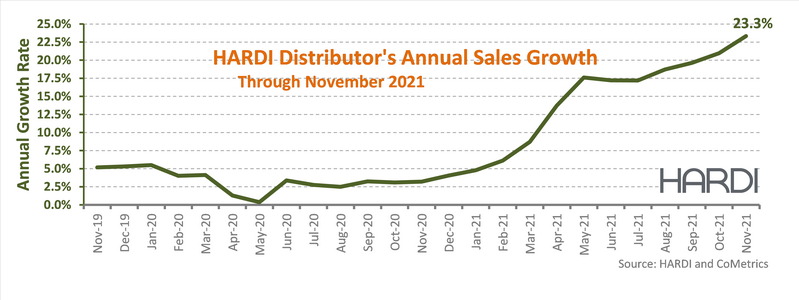Fujitsu Introduces New Airstage VRF System

Fujitsu has introduced its new Airstage VRF system, the J-II Series. The J-II single-phase VRF is a heat pump serving ambient heating and cooling applications in a 3-5 ton range, making it ideal for large residential and small commercial installations.
The J-II offers up to 19.8 SEER and 11.4 HSPF, significantly exceeding other equivalent VRF products and rooftop units of comparable size. Installers can connect up to nine indoor units to each condensing unit and choose from 11 indoor unit styles to create individually zoned comfort for any size space or decor.
With more than 11 types of indoor units, ranging in size from 7k Btu-60k Btu, the J-II meets a broad range of design requirement and aesthetics.
Fujitsu’s J-II VRF controls offer additional energy savings and comfort features, including scheduling, sleep timer, economy operation and automatic season changeover. Several J-IIs can be connected to central control, building management systems over BACnet, LonWorks or Modbus, making it an ideal HVAC solution for light commercial and multi-housing use.



